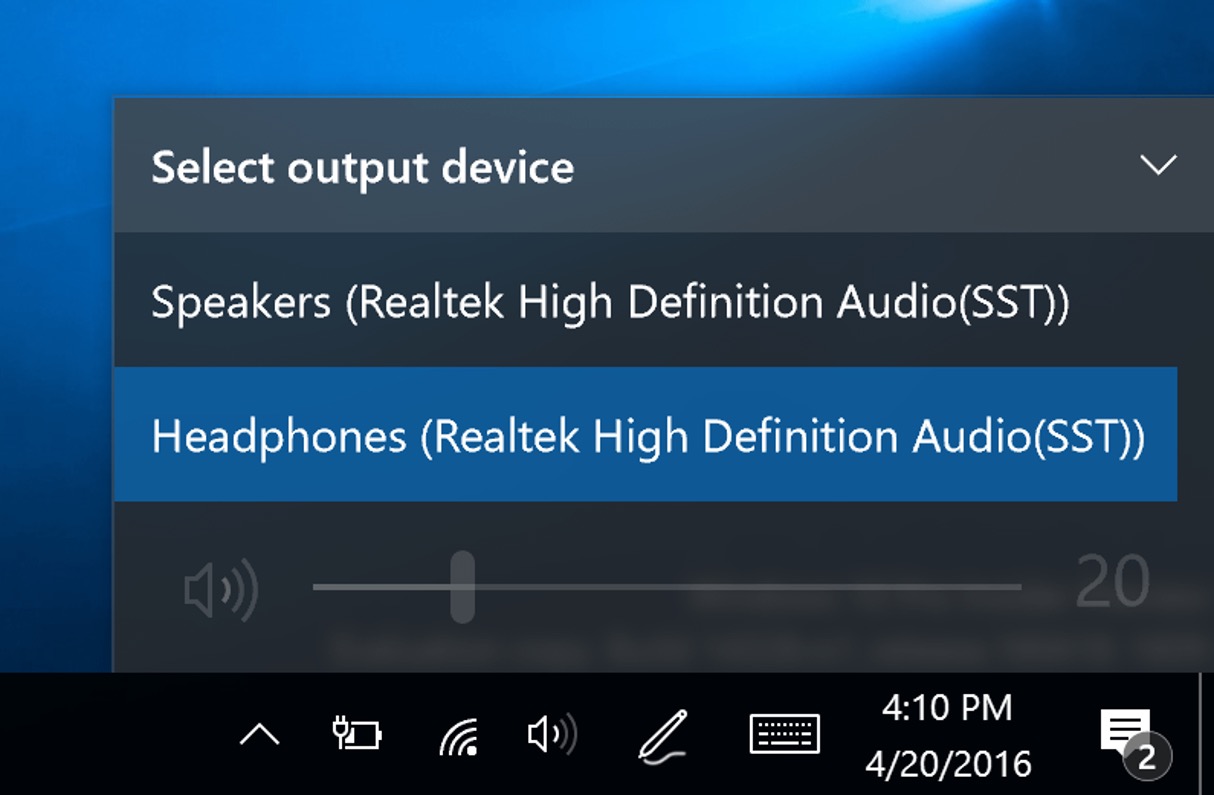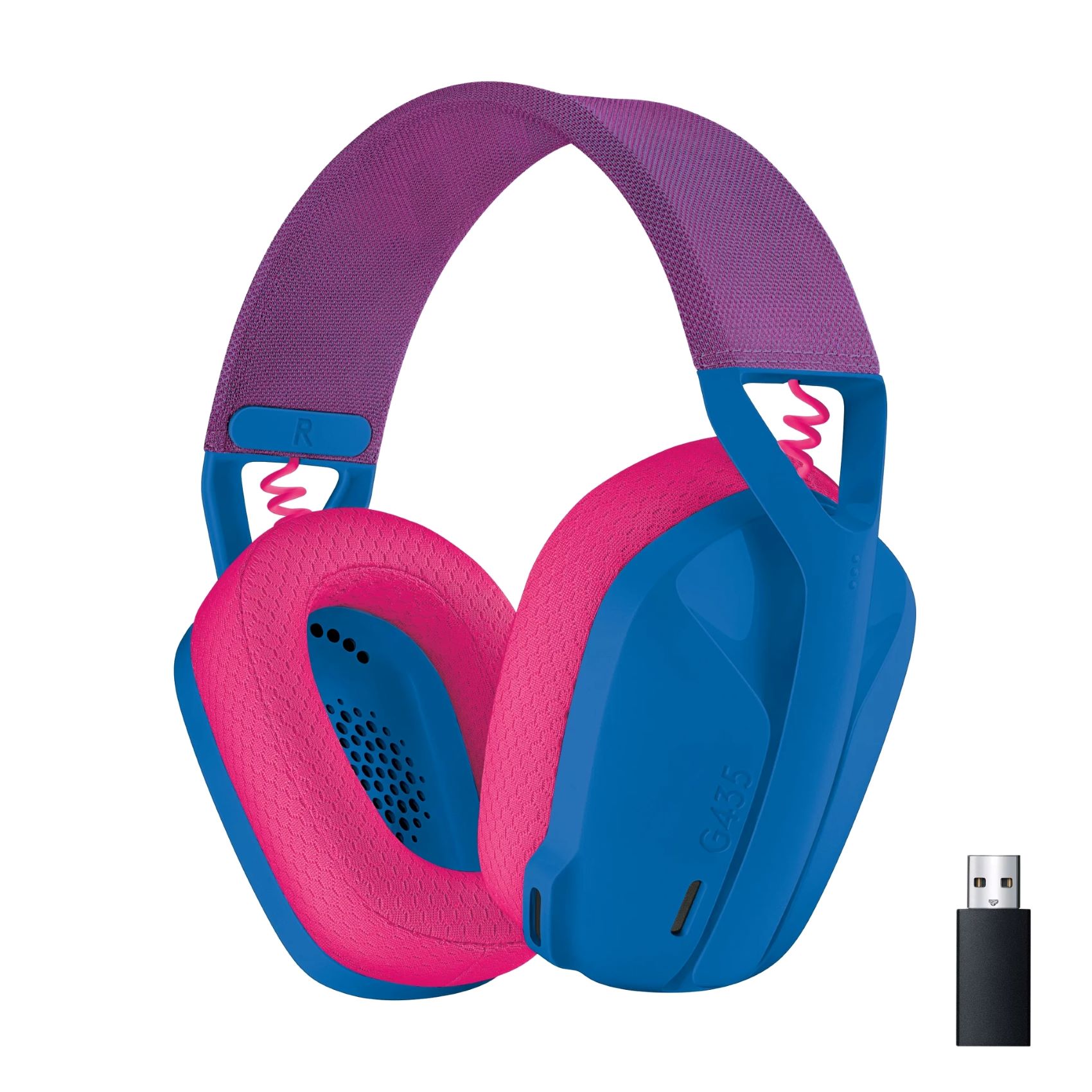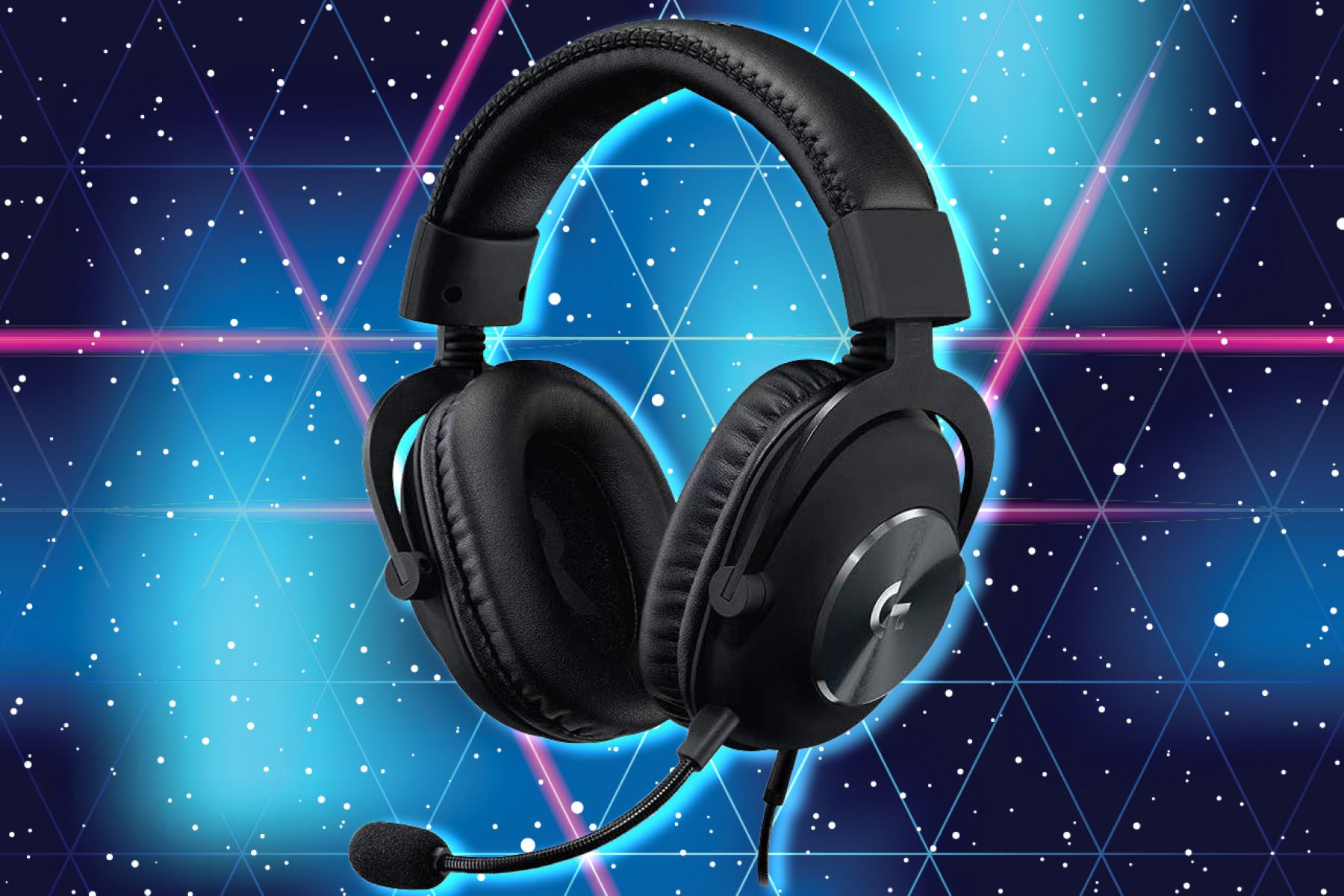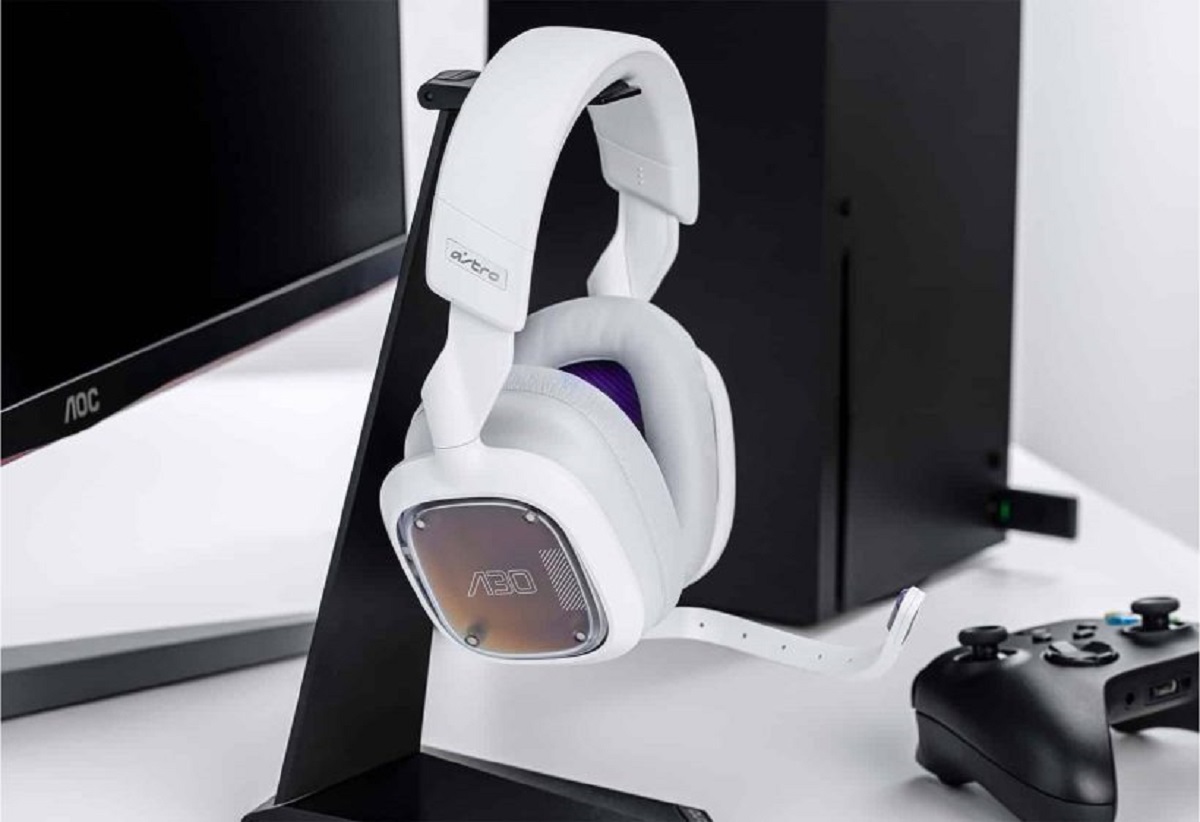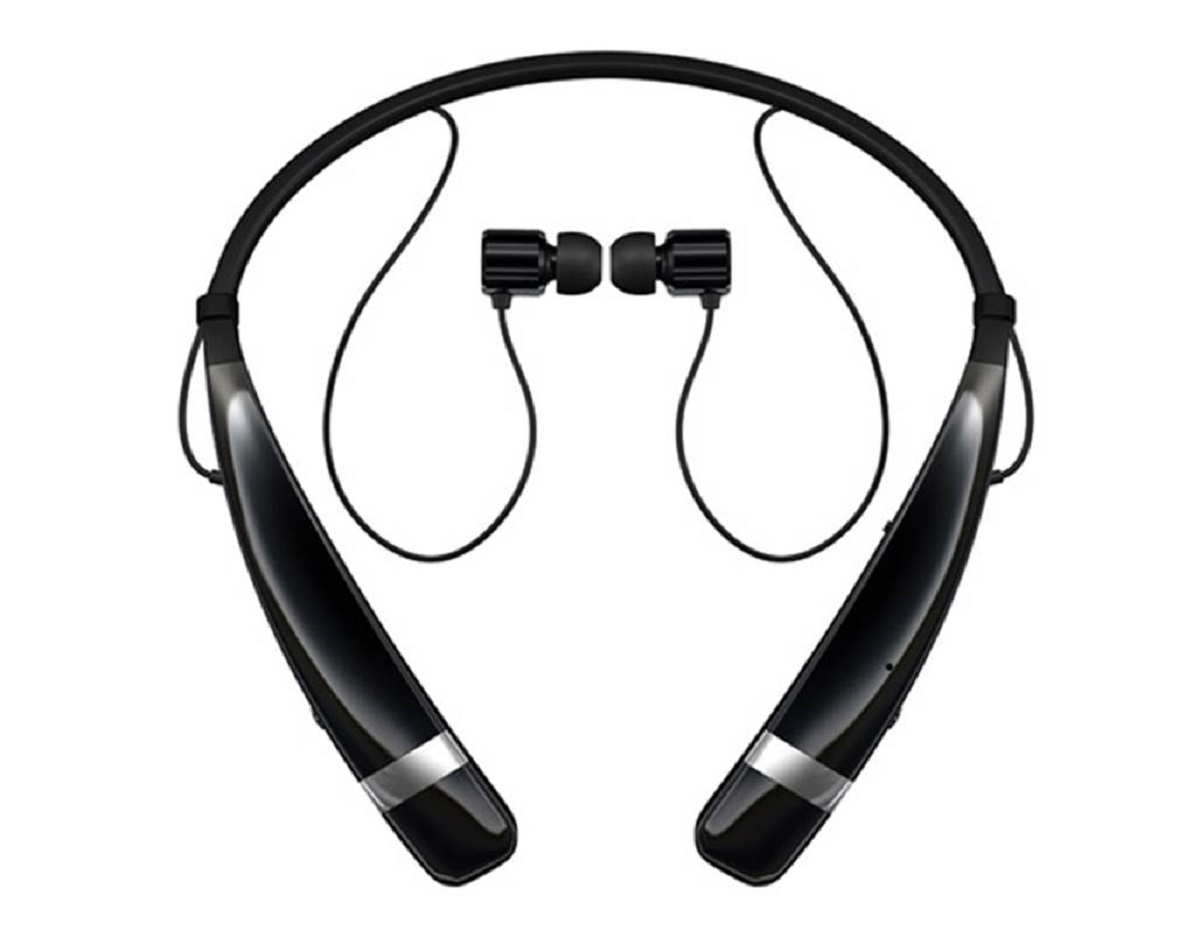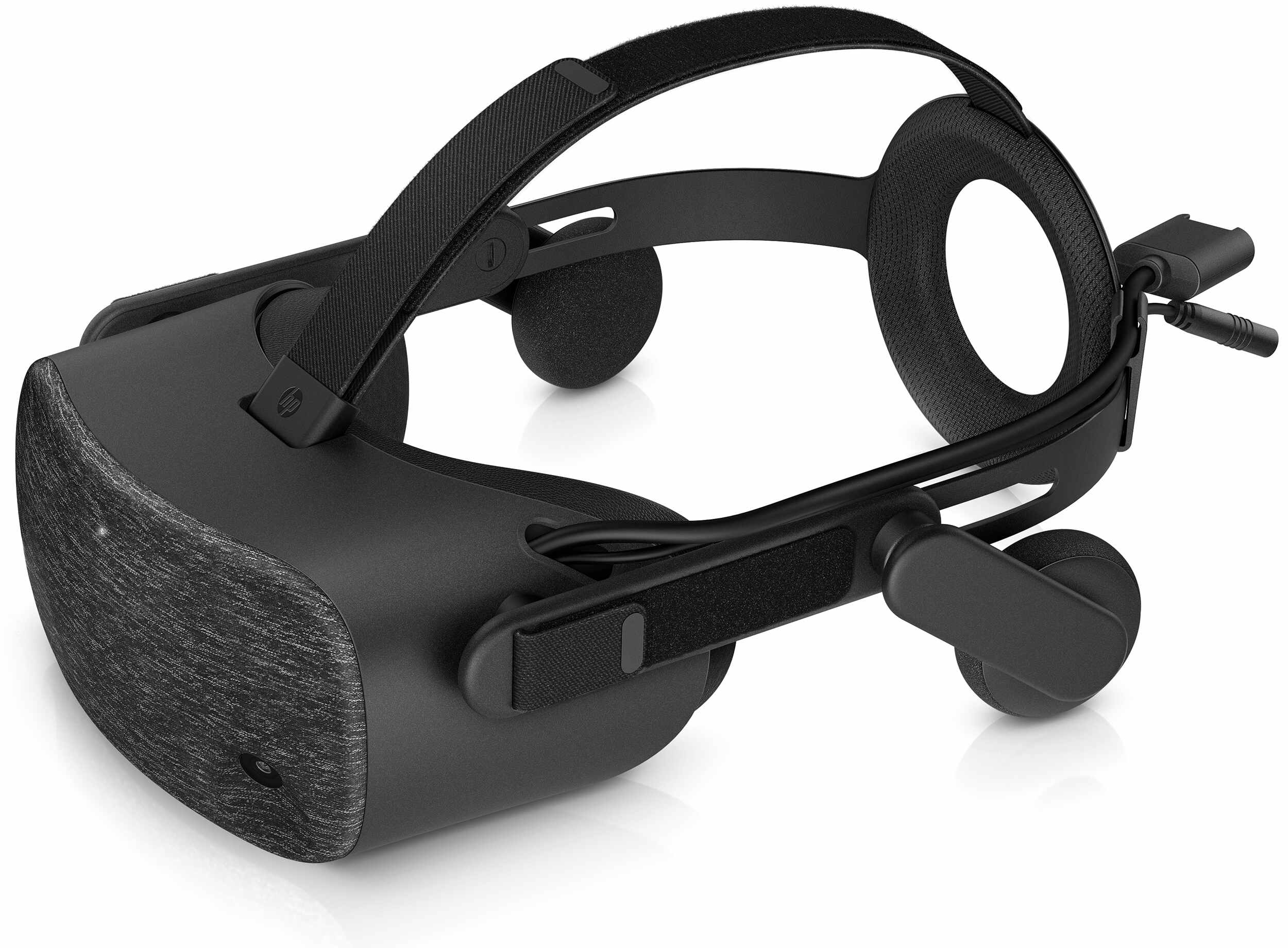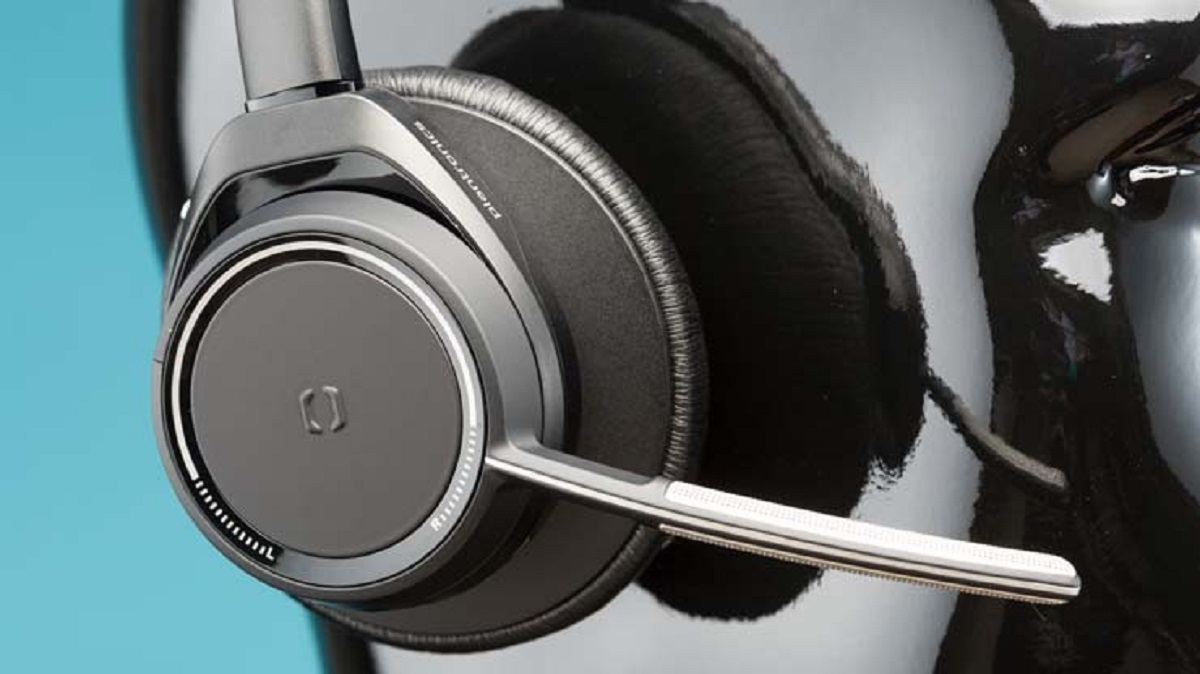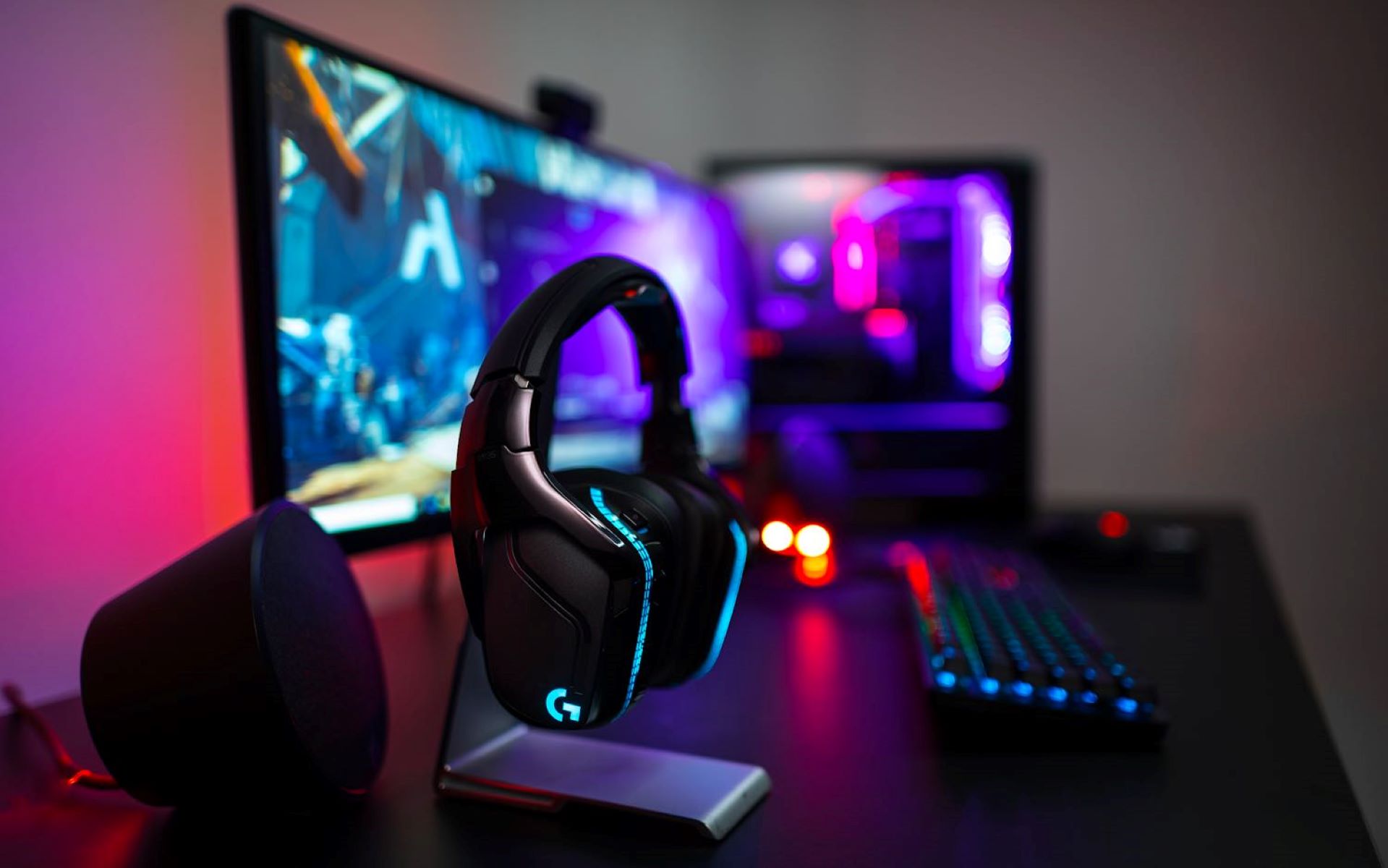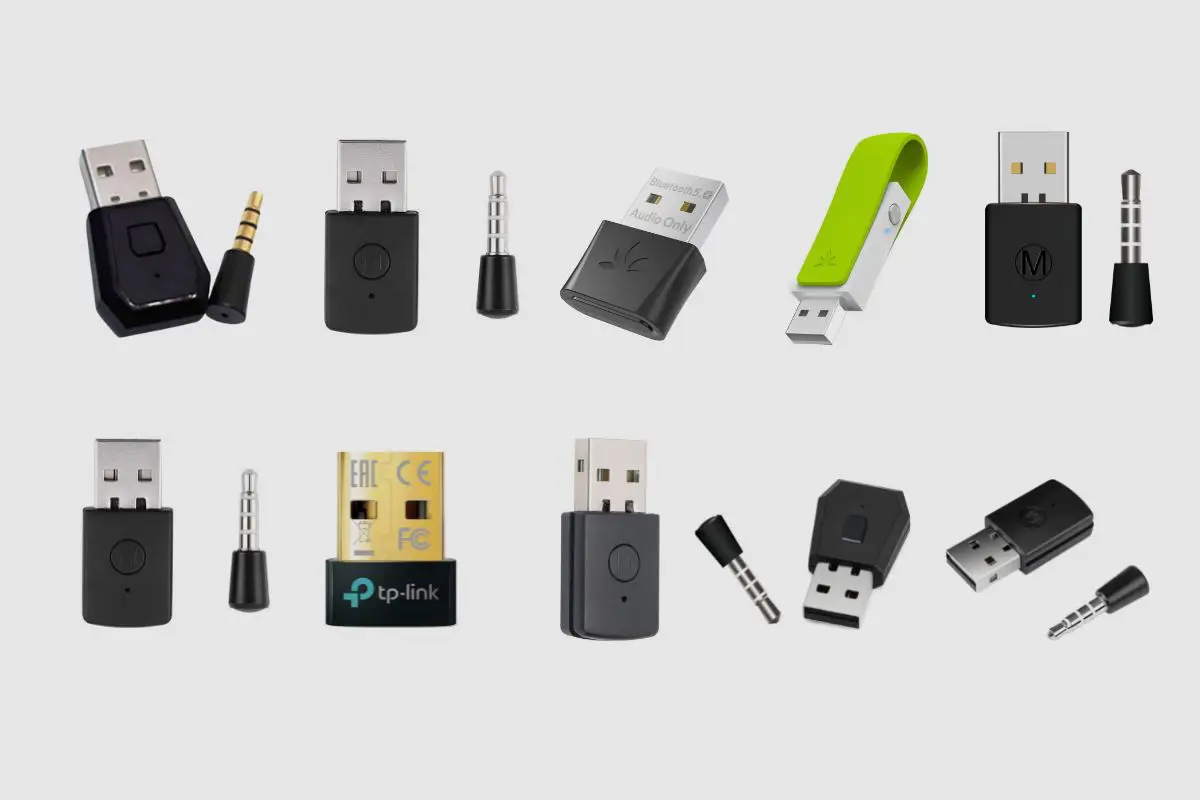Introduction
In the digital age, seamless audio experiences are essential for productivity, entertainment, and communication. Windows 10, Microsoft's widely used operating system, offers a range of features to enhance the user's audio experience. Among these features is the audio switch functionality, which allows users to seamlessly transition between different audio output devices, such as headphones and headsets.
Understanding how to effectively utilize the audio switch feature in Windows 10 is crucial for anyone who frequently switches between audio devices. Whether you are a professional navigating between virtual meetings, a gamer immersing yourself in virtual worlds, or a music enthusiast transitioning from personal listening to online calls, mastering the art of audio switching can significantly elevate your digital experience.
In this comprehensive guide, we will delve into the intricacies of the audio switch feature in Windows 10. From understanding its functionality to mastering the process of transitioning from headphones to headsets, we will equip you with the knowledge and skills needed to seamlessly manage your audio output devices.
By the end of this guide, you will not only have a deeper understanding of the audio switch feature but also gain practical insights and tips to optimize your audio switching experience on Windows 10. Let's embark on this journey to unlock the full potential of your audio devices within the Windows 10 ecosystem.
Understanding the Audio Switch in Windows 10
The audio switch feature in Windows 10 is a fundamental component of the operating system's audio management capabilities. It empowers users to seamlessly transition between different audio output devices, such as headphones, headsets, speakers, and other audio peripherals. This functionality is particularly valuable in diverse scenarios, including professional settings, gaming environments, and everyday multimedia consumption.
At its core, the audio switch feature allows users to change the default audio output device with ease. This means that when you connect a new audio device to your Windows 10 computer, such as plugging in a headset or connecting Bluetooth headphones, the operating system provides a convenient method to switch the audio output to the newly connected device.
Windows 10 achieves this through its intuitive user interface, where users can access the audio switch functionality via the system tray, the sound settings menu, or the dedicated audio settings app. Once accessed, users can select the desired audio output device from the available options, triggering a seamless transition of audio output to the chosen device.
Moreover, the audio switch feature in Windows 10 supports a wide range of audio peripherals, including USB headphones, wireless Bluetooth devices, and traditional 3.5mm audio jacks. This versatility ensures that users can effortlessly switch between different audio devices based on their specific needs and preferences.
Furthermore, Windows 10 provides the flexibility to set default audio devices for different scenarios. For instance, users can designate their headphones as the default device for personal media consumption and quickly switch to a headset for online meetings or gaming sessions. This level of customization enhances the overall user experience and streamlines the management of audio output devices.
Understanding the intricacies of the audio switch feature in Windows 10 is pivotal for maximizing the utility of audio devices within the operating system. Whether it's optimizing workflow efficiency, enhancing gaming experiences, or simply enjoying multimedia content, the ability to seamlessly switch between audio output devices is a valuable asset in the digital landscape. With this foundational understanding, users can confidently navigate the audio switch functionality and harness its full potential to cater to their diverse audio needs.
Changing from Headphones to Headset
Transitioning from headphones to a headset on a Windows 10 system involves a straightforward process that seamlessly redirects audio output from one device to another. Whether you are switching from personal entertainment with headphones to engaging in online communication or gaming with a headset, Windows 10 offers a user-friendly approach to facilitate this transition.
To initiate the switch from headphones to a headset, begin by ensuring that the headset is properly connected to your computer. This could involve plugging in a wired headset via the audio jack or connecting a wireless headset through Bluetooth technology. Once the headset is successfully connected, Windows 10 automatically detects the new audio device and provides a convenient method to switch the audio output.
Access the audio switch functionality by clicking on the sound icon located in the system tray. This action opens a menu that displays the available audio output devices, including the newly connected headset. Alternatively, you can access the audio settings menu through the Windows 10 control panel or the dedicated audio settings app to manage the audio output devices.
Select the headset from the list of available audio output devices, effectively designating it as the default audio output. Upon making this selection, Windows 10 seamlessly redirects all audio output, including music, system sounds, and application audio, to the newly chosen headset. This swift transition ensures a seamless shift in audio experience, allowing users to immediately begin utilizing the headset for their intended purposes.
It's important to note that Windows 10 provides flexibility in managing audio output devices, allowing users to switch between headphones and headsets effortlessly. This versatility is particularly valuable in scenarios where users frequently alternate between personal entertainment and interactive communication or gaming. By mastering the process of changing from headphones to a headset, users can optimize their audio experiences and adapt to diverse usage scenarios with ease.
By understanding and effectively executing the process of transitioning between headphones and headsets on Windows 10, users can harness the full potential of their audio devices. Whether it's for professional communication, immersive gaming, or seamless multimedia consumption, the ability to swiftly switch between audio output devices enhances productivity, entertainment, and overall user satisfaction within the Windows 10 ecosystem.
Tips for Smooth Audio Switching
-
Customize Default Audio Devices: Take advantage of Windows 10's ability to set default audio devices for different scenarios. By customizing default audio outputs for headphones, headsets, and speakers, you can streamline the switching process and ensure that the appropriate device is automatically selected when connected.
-
Utilize Keyboard Shortcuts: Familiarize yourself with keyboard shortcuts for audio management. Windows 10 offers convenient shortcuts to switch audio outputs, allowing for quick transitions between devices without the need to navigate through menus. For example, pressing Win + X followed by K enables the swift selection of audio output devices.
-
Explore Third-Party Tools: Consider leveraging third-party audio management tools that offer enhanced functionality for audio switching. These tools often provide additional customization options, advanced device detection, and seamless transitions between audio peripherals, further optimizing the audio switching experience.
-
Check for Driver Updates: Regularly update audio drivers to ensure compatibility and optimal performance when switching between audio devices. Outdated drivers may lead to connectivity issues or compromised audio quality, hindering the seamless transition between headphones and headsets.
-
Manage Bluetooth Connections: If utilizing Bluetooth headphones or headsets, prioritize managing Bluetooth connections to facilitate smooth audio switching. Ensure that the Bluetooth devices are paired and connected reliably to minimize potential disruptions during the transition process.
-
Organize Audio Settings: Maintain a well-organized audio settings interface by decluttering and categorizing devices based on usage patterns. This simplifies the selection process when switching between headphones and headsets, contributing to a more efficient and intuitive audio management experience.
-
Utilize Sound Control Panel: Explore the advanced settings offered by the Sound Control Panel in Windows 10. This comprehensive tool provides detailed audio device management options, including configuring default devices, adjusting audio levels, and troubleshooting potential issues that may affect smooth audio switching.
-
Consider Audio Device Compatibility: When investing in new audio devices, consider compatibility with Windows 10 and its native audio switching capabilities. Opting for devices that seamlessly integrate with the operating system's audio management features can significantly enhance the overall audio switching experience.
By implementing these tips, users can elevate their audio switching proficiency and optimize the transition process between headphones and headsets on Windows 10. These strategies empower users to navigate seamlessly between audio devices, ensuring a fluid and uninterrupted audio experience across various usage scenarios.
Conclusion
In conclusion, mastering the art of audio switching within the Windows 10 ecosystem is a valuable skill that empowers users to seamlessly transition between different audio output devices, such as headphones and headsets. By understanding the functionality of the audio switch feature and embracing practical tips for smooth audio switching, individuals can optimize their digital experiences across work, entertainment, and communication.
The ability to effortlessly change from headphones to a headset on Windows 10 enhances productivity, gaming experiences, and multimedia consumption. The intuitive nature of the audio switch functionality within the operating system streamlines the process, allowing users to adapt to diverse audio needs with ease. Whether it's immersing in virtual meetings, delving into immersive gaming environments, or enjoying personal entertainment, the seamless transition between audio devices enriches the overall user experience.
Furthermore, the customization options and versatility offered by Windows 10's audio management capabilities enable users to tailor their default audio devices for specific scenarios. This level of personalization ensures that the appropriate audio output device is automatically selected, minimizing the need for manual intervention when connecting different peripherals.
By implementing the recommended tips for smooth audio switching, including customizing default audio devices, utilizing keyboard shortcuts, and exploring third-party tools, users can elevate their audio management proficiency. These strategies facilitate swift transitions between headphones and headsets, contributing to a more streamlined and efficient audio switching experience.
Ultimately, the comprehensive understanding of audio switching in Windows 10, coupled with the practical insights and tips provided, equips users to harness the full potential of their audio devices within the operating system. Whether navigating professional endeavors, indulging in immersive gaming experiences, or simply enjoying multimedia content, the seamless transition between headphones and headsets enhances convenience, productivity, and overall user satisfaction.
In essence, mastering audio switching in Windows 10 transcends mere technical proficiency; it empowers individuals to curate their digital audio experiences with precision and fluidity, elevating the overall quality of their interactions with technology. As the digital landscape continues to evolve, the ability to seamlessly manage audio output devices remains a cornerstone of a seamless and immersive user experience within the Windows 10 environment.







